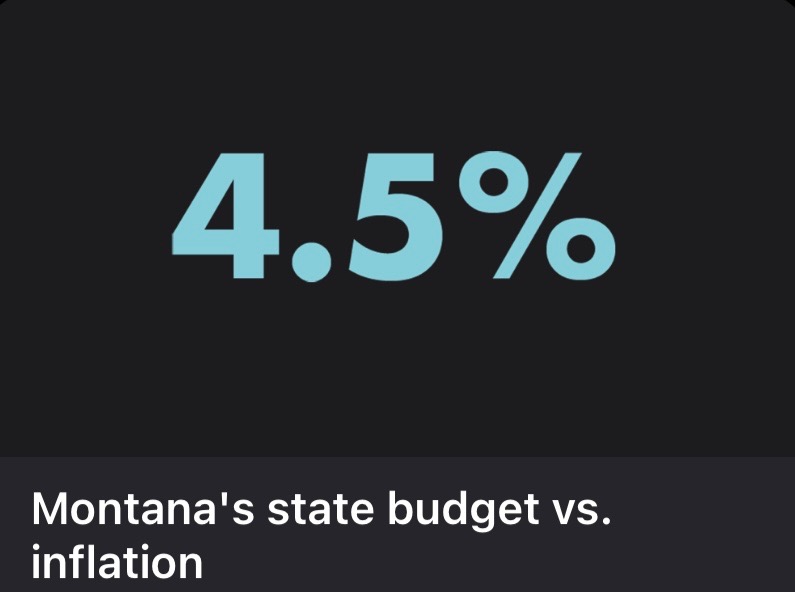Speeding Up Forest Management Projects Through Collaboration
"While the fate of the Root and Stem act is still unsure, it is still a good sign that those in Washington DC are finally beginning to take the wildfire crisis seriously."
There’s no doubt that many of Montana’s forests are in peril. Over the last century many forests have become overgrown, leading to unhealthy forests. These forests are especially susceptible to catastrophic wildfire, which burn so hot they destroy entire ecosystems.
Forest managers know the solution – proactive forest management projects that thin the forest to a healthy level followed by prescribed burns to reestablish the healthy role of low intensity fire on the landscape.
But if we know the solution then why aren’t more of these projects being performed? A major reason for this has to do with years of delays due to environmental reviews required under the National Environmental Policy Act (NEPA).
The good news is that Senator Daines has proposed the Root and Stem Project Authorization Act to help mitigate these delays. PERC Policy Director, Hannah Downey explains the bill in her latest column:
“The proposed Root and Stem Project Authorization Act would build on the success of the “A to Z” project to widely allow sponsors of collaboratively developed forest restoration projects to front the cost of environmental reviews, which would be performed by independent experts selected and supervised by the Forest Service. Contracting out this service could speed up the process substantially to allow collaboratives and private timber companies to conduct forest restoration activities while also freeing up agency resources and personnel to advance other projects.”
While the fate of the Root and Stem act is still unsure, it is still a good sign that those in Washington DC are finally beginning to take the wildfire crisis seriously.
For Liberty,
Tanner Avery
The Latest
A President Visits Montana
In this month’s Frontier History column, renowned author Lawrence W. Reed tells the story of Warren Harding, an oft forgotten President who visited Montana shortly before his demise.
“In 1923, the people of Butte appreciated a President who didn’t try to buy votes with other people’s money, who cut government spending and balanced the budget.”
Montana’s Largest Wind Farm is A Beacon for Energy Abundance
This November, the Clearwater Wind Project began exporting electricity to Washington state. When completed, the project will have 260 wind turbines producing 750 megawatts. That is enough power to meet the demand for over 560,000 homes.
Our Take: This project demonstrates the potential of harnessing Montana’s vast natural resources to promote energy abundance. As we highlighted in our Montana Energy Strategy report, abundant energy is essential for 21st Century industries like data centers, semiconductors and battery manufacturing. Montana is well positioned to power these innovative industries for the next century as a top energy exporter. Montana policymakers can help ensure that we can continue enhancing our export capabilities by addressing environmental red tape and frivolous litigation.
Graphic of the Week


